Grateful Dead 1970 Albums
Buy Workingman’s Dead Buy American Beauty With the arrival of a new decade, the Grateful Dead decided to shift towards scaled back folk and country style rock. This proved to be a wise […]
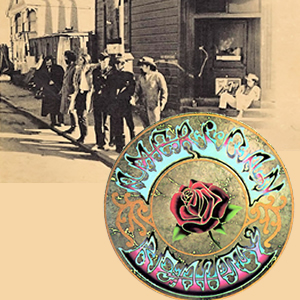
Buy Workingman’s Dead Buy American Beauty With the arrival of a new decade, the Grateful Dead decided to shift towards scaled back folk and country style rock. This proved to be a wise […]
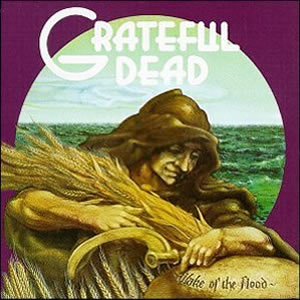
Buy Wake of the Flood The Grateful Dead‘s long awaited sixth studio album, Wake of the Flood, marked a new era for the California band. Their first studio album in nearly three years, […]
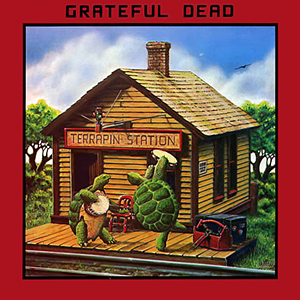
Buy Terrapin Station By the mid 1970s, the fiercely independent Grateful Dead decided to make a radical turn towards more conventional music business practices. Foremost in this new direction was the decision to […]
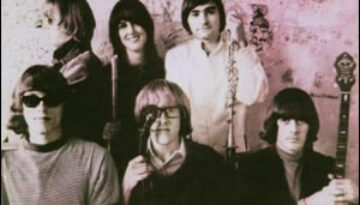
Buy Surrealistic Pillow Jefferson Airplane reached an early peak with their second LP Surrealistic Pillow. The album was the first album to feature vocalist Grace Slick, who made an immediate impact by bringing […]
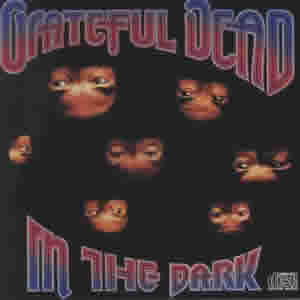
Buy In the Dark In the Dark was the first studio album by the Grateful Dead in over seven years (their twelfth overall) and was a comeback album on several levels. It was […]
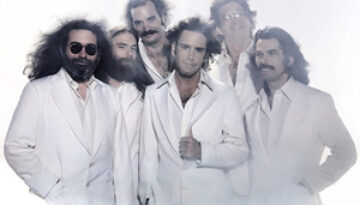
Buy Go To Heaven Long derided as one of the most unpopular albums among the Grateful Dead faithful, Go To Heaven is ,nonetheless, a solid record musically. The biggest change in the group’s […]
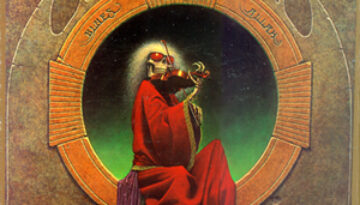
Buy Blues for Allah A unique album in the Grateful Dead‘s vast catalog, Blues for Allah, is made up of four proper songs, three instrumentals, and the bizarre, Avant Garde title suite. Produced […]
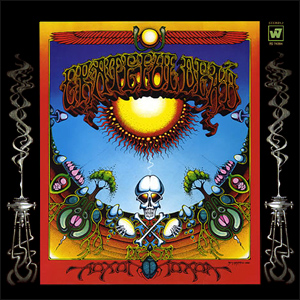
Buy Aoxomoxoa Aoxomoxoa is the third studio album by Grateful Dead and, perhaps, the one most dominated by lead guitarist and vocalist Jerry Garcia. Created under the working title of “Earthquake Country” (because […]